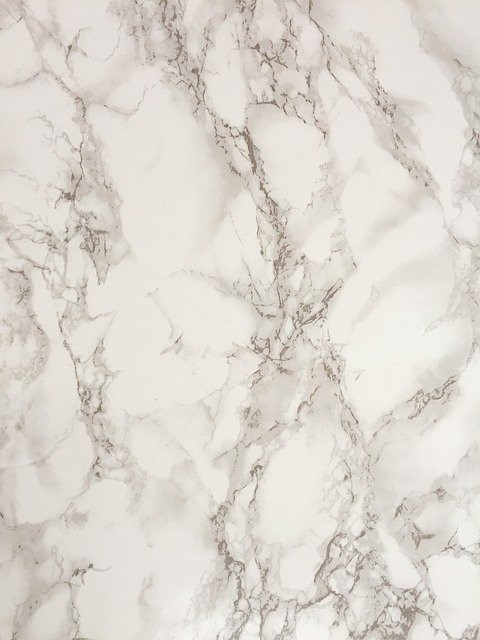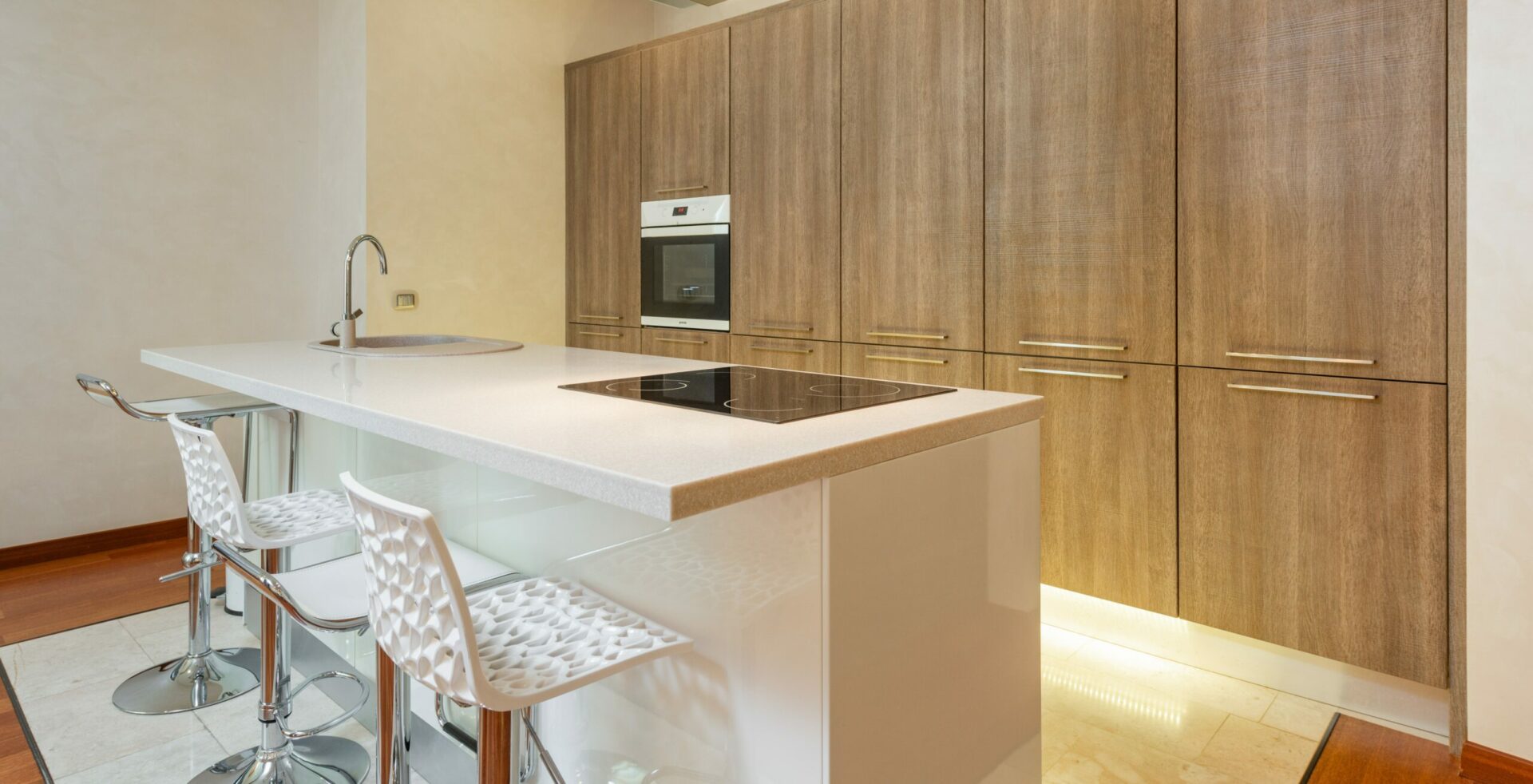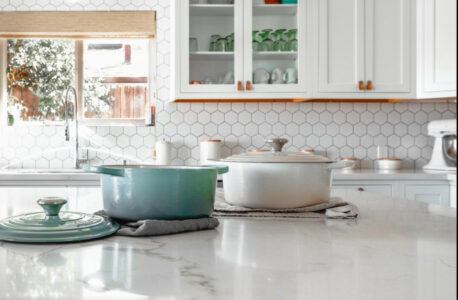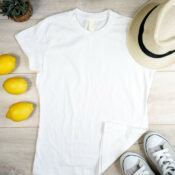Granite surfaces add such great beauty to a home. However, considering how delicate they can be, most people usually find themselves constantly remove stains on granite surfaces. After all, granite is a very porous material; hence, it absorbs water and solvents very easily, making it highly susceptible to stains.

Granite natural stone is mostly used in kitchen counter tops and surfaces. Our kitchens are filled with liquids that easily stain natural stone; wine, tea, vinegar, ketchup, juices, coffee, cooking oils, etc. This makes it quite difficult to prevent stains from forming on the granite surfaces.
However, while it is hard to prevent stains from forming, it is not impossible to remove them from granite surfaces. In fact, these stains can be removed with simple techniques that use simple home products. In this article, we provide a guide on how to remove different types of stains from granite surfaces and counter tops.
How to Remove Oil-Based Stains
Oil-based stains are caused by products such as cooking oil, cosmetics, grease, creams, peanut butter and milk. They cause the natural stone surface of granite to darken. Since oil does not evaporate easily, these stains tend to be quite tough to remove.
Materials
- Ammonia
- Clean Bowl
- Soft Liquid Cleanser
- Two Soft Cloths
Procedure
1. In a clean bowl, pour some soft liquid cleanser. Add a few drops of ammonia (alternatively, you can use acetone in place of ammonia).
2. Dip a clean soft cloth in the ammonia-liquid cleanser solution. Using the cloth, rub the stained area lightly and in a circular motion. The solution should lift the oil off the granite surface, leaving a clean surface behind. After rubbing the area, wipe it clean with a dry cloth.
How to Remove Organic Stains
Organic stains are usually caused by spills from coffee, wine, tea and other organic foods. These are noticeable as pink or brown stains. However, organic stains are much easier to remove, compared to oil-based stains.
Materials
- Hydrogen Peroxide
- Ammonia
- Clean Bowl
- Clean Water
- 2 Dry Soft Cloths
Procedure
1. Pour a small amount of 12% hydrogen peroxide in a bowl. Add several drops of ammonia solution to the hydrogen peroxide.
2. Pour this solution on the stained area. Using a clean, soft cloth, gently rub this area. Be careful to rub the cloth lightly on the granite surface to avoid possible etching and discoloration of the delicate surface.
3. Rinse the stone surface thoroughly with clean water. Then, dry it completely using a dry, soft cloth.
How to Remove Biological Stains
Biological stains mainly include mold and mildew. To remove such biological stains, we recommend granite mold removers. These mold removers are specifically designed to remove the stains on granite safely, without causing damage to the stone surface.
While some sites recommend using bleach to remove stains on granite, you should avoid this. Bleach usually causes great damages to granite stone surfaces; hence, it should be completely avoided. If you are not sure about what products could damage the granite surfaces, it is best that you let experts in granite cleaning help you.
How to Remove Ink and Paint Stains
Ink stains on granite are usually caused by spills from pens and markers. These, and paint stains, can be easily removed using strong chemicals. However, if the paint or ink stains are superficial, simply scrape them off using a razor blade.
Materials
- Hydrogen Peroxide
- Lacquer Thinner
- Two Clean Cloths
Procedure
1. Pour a little hydrogen peroxide on the stained area. Hydrogen peroxide is recommended for the whiter granite stone surfaces. On the other hand, if the granite surface is darker stone, use lacquer thinner.
2. Using a clean cloth, rub the lacquer thinner or hydrogen peroxide on the stained area. However, be careful that you do not discolor the granite surfaces, especially since both these are very strong abrasive chemicals.
3. Wipe the granite surface with a dry, clean cloth to remove any residual solution.
How to Remove Rust Stains
Rust stains are among the easiest to identify; they appear colored like copper. They are usually caused by metallic items placed on the granite counter tops and surfaces. However, these types of stains are the hardest to remove. In fact, rust stains tend to be permanent most of the time. To remove these stains, you will require a special poultice solution.
Materials
- Water
- Baking Soda
- Empty Bowl
- Soft Cloth
- Liquid Solvent (rust remover liquid)
Procedure
1. In a clean bowl, mix water, rust remover liquid and baking soda. Apply this poultice solution to the rust-stained patch. The poultice layer should have a thickness of about ¼ to ½ inches. Also, extend the poultice layer to reach beyond the rusted area by about 1 inch. Cover the coating with clean plastic, then seal it with a tape. Let it sit for 24 hours.
2. Remove the plastic cover once the 24 hours are over. The poultice coating will still be moist. Leave it to dry completely for another day (24 hours). As the poultice solution dries, it will pull the rust stains off the granite stone and transfer these into the material.
3. After the second day, remove the poultice. Then, rinse the granite surface with clean water and dry it with a soft cloth. If there are still some rust stains on the granite surface, repeat this process until all the stains have been removed completely. Sometimes, you might even be required to make up to 5 poultice applications.
Notes
- This poultice solution can also be used for removing other types of stains, such as oil-based stains, hard water stains, organic stains, ink and paint stains. However, for oil-based stains, you should use acetone as your liquid solvent.
- For hard water stains, organic stains and ink or paint stains are best removed using 6% hydrogen peroxide as the liquid solvent.
Do your granite counter tops have any stains? If so, it means that the substances have already absorbed into the granite pores. The good thing is that you can still remove these stains on granite surfaces, even deep-seated ones. The above discussed different techniques to remove stains on granite will help you clean your granite surfaces, making them look all brand new again!







